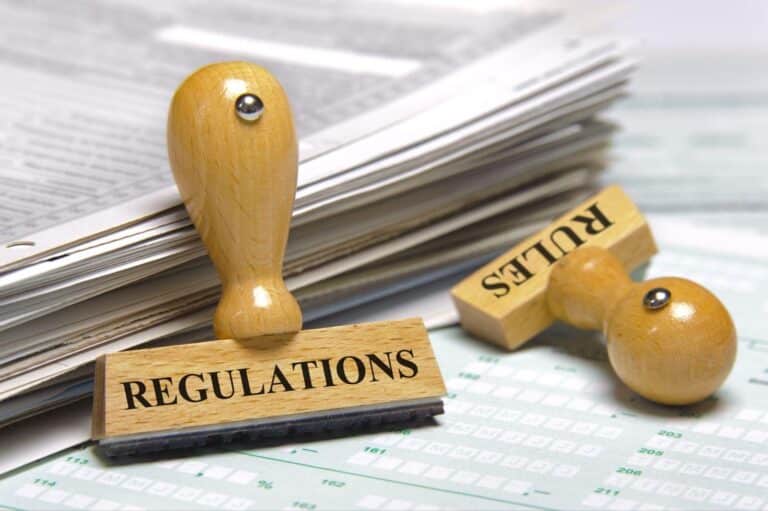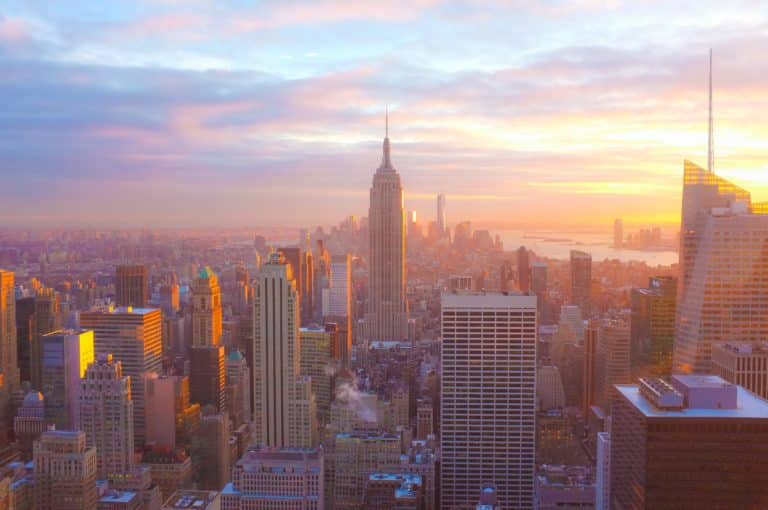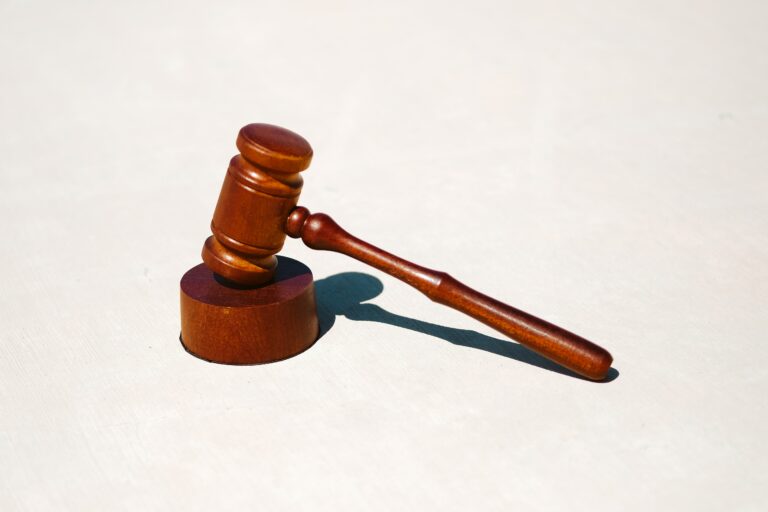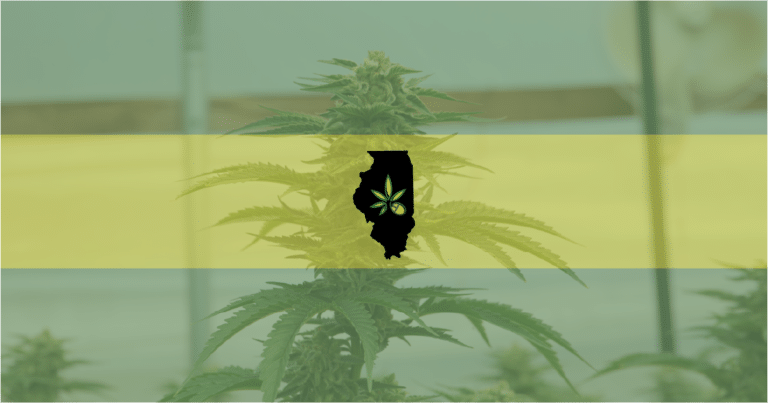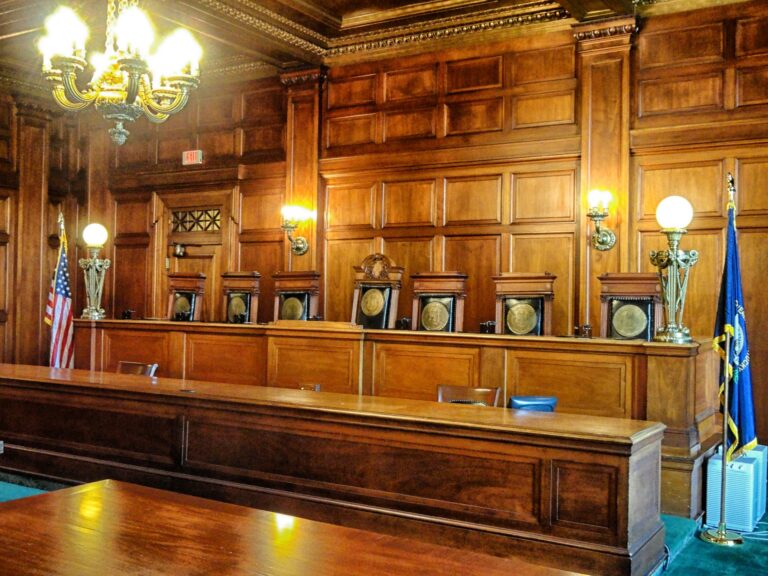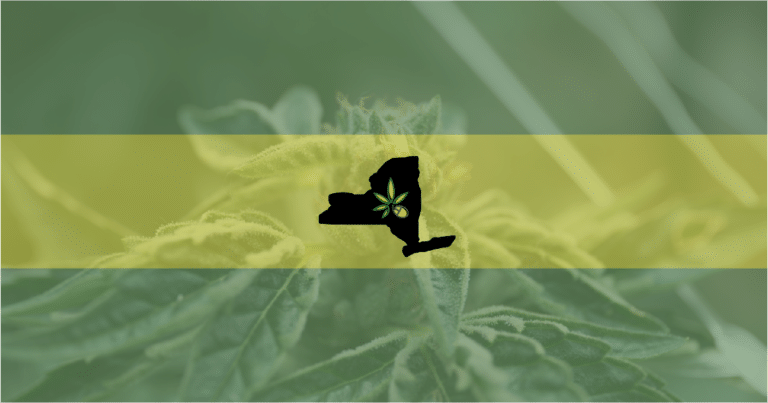The nation is in the midst of the largest public health crises in nearly a century, with the novel strain of the Coronavirus, COVID-19, taking its toll on Americans’ overall mental, financial, and physical health. At the hands of the epidemic, the nation is now rapidly spiraling into the worst economic upset in generations. And as the country gradually reopens we are slowly entering, what seems to be, the very slow path out of prolonged financial turmoil.
Local, state, and federal governments will now be searching for different sources of substantial income to replenish budgets and help to provide employment to innumerable amounts of civilians that are without work, as many businesses may be closed permanently due to the ongoing pandemic. These unprecedented circumstances are reasonably comparable to that of the Great Depression, nearly 100 years ago. During that period of time, one viable solution was to abolish the prohibition of alcohol, which lasted 13 years. The collected variables of hardship that then resulted in the federal government electing to end the prohibition of alcohol, nationally — reflect similarities in the current factors that could also lead to the potential end of the unjust, over 70 year-long, prohibition of marijuana.
Early Alcohol Prohibition
(Photo via Canva)
In the early 1870s, a group called the Women’s Christian Temperance Union (WCTU) of Ohio, called for the prohibition of alcohol sales. Soon thereafter, they were joined in their fight by an even more powerful entity, the Anti-Saloon League (ASL), a local group that was founded in 1893, again in Ohio, but later expanded into a national organization that endorsed favorable political candidates and actively lobbied for legislation against saloons. In 1906, the ASL led yet another call to action for new alcohol prohibition legislation at the state level.
Also Read: Illegal Drugs: A Timeline
Through speeches, press, and public demonstrations at various saloons and bars, prohibition advocates attempted to portray the ideals that eliminating alcohol from society would eliminate poverty and various social vices, such as immoral behavior and physical violence. One fiercely driven advocate, Kentucky native, Carrie Amelia Moore Nation (nicknamed “Carry A. Nation”), became widely known for her particularly violent behaviors and strategies against what she deemed “evil spirits.” In addition to volatile protest speeches, Nation was notorious for vandalism. Breaking saloon windows and mirrors, she even destroyed kegs of beer and whiskey with her hatchet. The “saloon-smashing” crusader was arrested on numerous occasions and became a renowned name nationwide for her unlawful advances. Come 1916, 23 out of 48 states had individually passed anti-alcohol legislation and several states went even further, by prohibiting the manufacturing of all alcoholic beverages as well.
On January 29, 1919, Congress officially ratified the 18th Amendment, prohibiting the manufacturing, transport, and sale of alcohol on United States soil and would go into direct effect the following January, 1920.
Prohibition Repeal
Prohibition began during what was called the “Roaring ’20s,” a period of economic bounty, so by the time the Great Depression hit, the demeanor of the nation had altered substantially, now favoring the repeal of alcohol prohibition. This was charged by opposition via anti-prohibition advocates that argued legalization of alcohol would provide tax revenue and employment to aid the inadequate economy. It is estimated that the federal government alone forfeited roughly $11 billion in alcohol-related taxes during prohibition years, a figure the government could hardly afford during a substantial period of scarce unemployment and economic hardship.
By the late 20s, public support had greatly turned against the 18th Amendment, as the ongoing development of the Great Depression expedited the expiration of civilian endorsement of the prohibition-era laws. The efforts of the nonpartisan group Americans Against Prohibition Association (AAPA) added to public disillusionment. Democratic presidential candidate, Franklin D. Roosevelt’s 1932 platform included repealing the 18th Amendment, which held weight in his victory that November. American’s felt a certain hope for the end of prohibition laws.
February of 1933, Congress adopted a resolution proposing the 21st Amendment to the Constitution. This would repeal both the 18th Amendment and the Volstead Act, that not only prohibited alcohol, but manufacturing and distribution, as well. Rather than the state legislatures approving the amendment, the resolution required state conventions. In turn, this simplified the process to a “one state-one vote” referendum, rather than going by popular vote. In December 1933, Utah became the 36th state to ratify the amendment, achieving the required majority for repeal. Although select states continued statewide prohibition after the repeal, eventually, by 1966, all states had abandoned prohibition laws. Since then, liquor control in the United States is largely determined at the local level.
Cannabis Legislation, From ILLEGAL to ESSENTIAL
A few short years after alcohol prohibition was fully-lifted nationwide, cannabis was the new target for prohibition and was officially outlawed for any use, including medical, with the passage of the 1970 Controlled Substances Act (CSA). Innumerable efforts to reschedule cannabis under the CSA have failed, and the U.S. Supreme Court ruled in United States v. Oakland Cannabis Buyers’ Cooperative and Gonzales v. Raich that the federal government obtains the legal right to regulate and criminalize cannabis, even for known medical purposes.
Despite the ruling, states and other jurisdictions have continued to implement policies that conflict with federal law. Quite similar to the days of alcohol prohibition, where cities like New York blatantly ignored the prohibition laws, refusing to enforce criminal penalties against those who consumed alcohol. However, with no equivalent legislation or resolution to that of the 18th Amendment, to call for the end of cannabis prohibition — states that oppose federal law are able to set up regulated policies to legally license cannabis businesses, unlike the alcohol prohibition era.
That began with the passage of California’s Proposition 215, better known as the “Compassionate Use Act”, in 1996. In 2012, the first states legalized recreational cannabis use and by 2016 a majority of states had legalized medical cannabis. Moreover, North America reached $6.7 billion in revenue from cannabis sales in 2016, representing a 30% year-over-year growth. According to a report by researcher Jon Gettman, cannabis is the United States’ largest cash crop and “a pervasive and ineradicable part of the national economy”.
The nation has been fighting the federal government on cannabis policy harder than ever before since 2012, when Colorado and Washington were the first two states to legalize cannabis for recreational adult use. Now, in present-day, eleven states currently allow adults over 21 to purchase, possess and consume cannabis, without fear of legal repercussions. Some state programs even allow legal citizens to grow their own.
Legalize Cannabis: The New Cash Crop
As a nation, we have already been looking to the cannabis industry as a reliable, lucrative, source of much needed financial support, as well as a supplement of jobs for working citizens, both pre and post-pandemic. Cannabis has been deemed an essential business in various states across the country, for both medical and recreational. Whereas, the once prohibited, but now legal, alcohol, was not — forcing bars to temporarily close their doors.
During the ongoing pandemic, almost all states with legal medical and recreational cannabis programs (except Massachusetts), deemed marijuana businesses to be essential, despite stay-at-home orders. Massachusetts’ Governor Baker, later loosened his stance and permitted cannabis businesses to reopen last month, as of May 25, allowing curbside sales.
According to a recent report, the cannabis industry currently employs over 200,000 full-time jobs and counting. These employment numbers are only the tip of the iceberg for an industry that still remains federally illegal.
Ironically, it is estimated that the same number of jobs (250,000) were lost by the implementation of the 18th Amendment and the Volstead Act that outlawed alcohol, production, and sales. Today, due to the COVID-19 pandemic, it is estimated that 36 million Americans have filed for government benefits during the last two months alone, reaching record unemployment highs. A steady surge that is incomparable to anything we have ever seen in our lifetimes.
Growing Awareness of The Benefits of Legalized Marijuana to Heal the Financial Damage of Covid-19
(Photo via Canva)
We are in a time when Americans desperately need employment in unparalleled numbers, paired with the nation’s need for a new, reliable resource of taxable revenue — the continuation of over 70 years of experimental cannabis prohibition, is audacious, especially when the majority of American citizens support cannabis legalization, even various state legislative officials.
A study by New Frontier Data reflects that national legalization could result in an estimated $128.8 billion in tax revenue, and roughly 1.6 million in new employment. Relative data from states with legal, essential cannabis during this crisis help to further verify these figures. Despite the biggest economic downturn since the Great Depression, cannabis sales have peaked record highs, proving to be a rather wealthy “cash crop” in legal states.
According to the Financial Times:
“Demand for marijuana in U.S. states where recreational and medical consumption is legal has surged during the coronavirus crisis, as millions of people forced to stay at home are smoking, vaping or eating pot to relax and ease the anxiety caused by the pandemic. Sales of cannabis have risen 159 percent in California by mid-March compared with the same period in 2019, according to data by Headset, a pot-industry research company. Sales in 2020 have also risen ahead of the stay-at-home order, according to Marijuana Business Daily, a sector-focused website.”
Ending alcohol prohibition wasn’t just the means to the end of an era of unlawful oppression, it also provided a substantial portion of the money needed for crucial projects — like Roosevelt’s “New Deal”, that put millions of Americans back to work during the unprecedented times of the Great Depression. In 1934, the first year following the repeal of alcohol prohibition, the federal government collected more than 258 million in taxes on alcohol sales alone. As the nation continues to heal, states continue to deal with the current economic destruction COVID-19 has left in its wake.
This could mean that various states are likely candidates to further look into legalization and medicinal programs as a means to repair financial gaps in the economy. So, will we learn from history as we push forward to rebuild our damaged economy, and could sweeping cannabis legalization be a part of our “new normal”?




